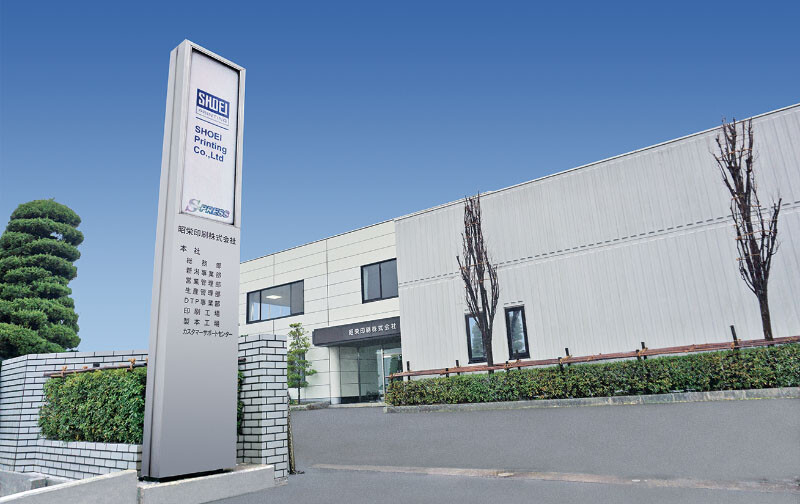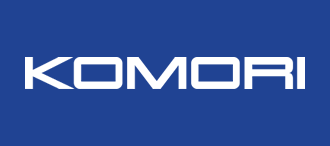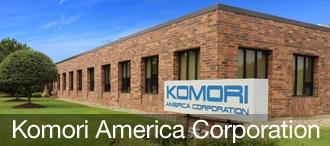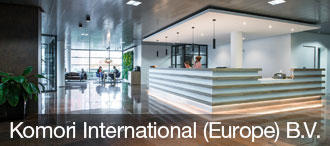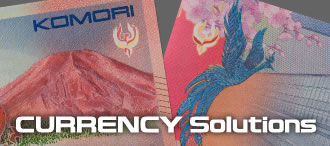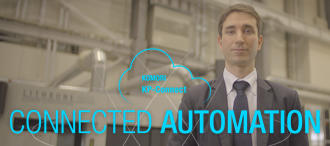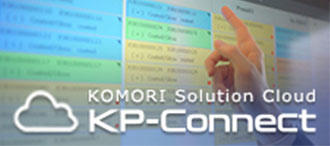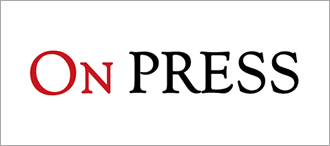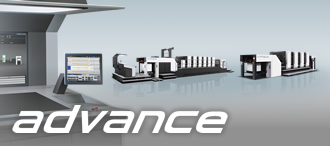Introduction of Lithrone G37P for maximum efficiency in A1-size small-lot production
Japan, Shoei Printing Co., Ltd. | Lithrone G37P [GL-837P]
19 April 2022
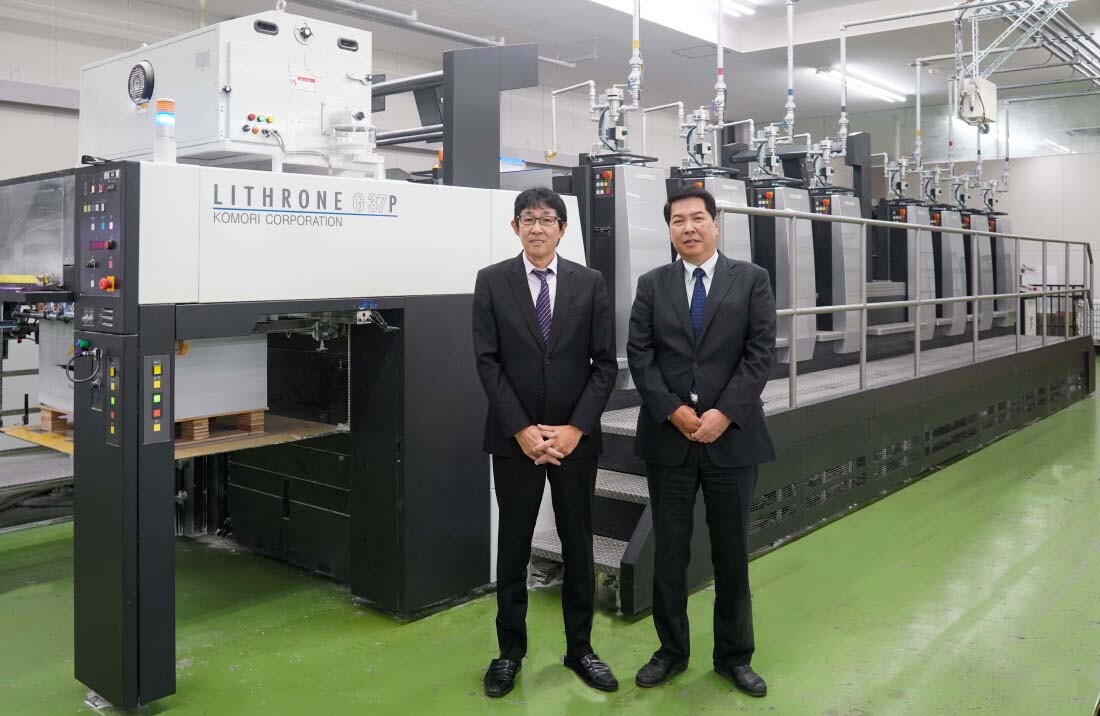
Shoei Printing Co. is a global company with offices in Vietnam and China in addition to its headquarters in Niigata and offices in Tokyo and Osaka. Originally focused on publication printing, the company has entered the mail-order printing field and is rapidly expanding its business. Now they have introduced the 8-color Lithrone G37P A1-size convertible perfecting press for the purpose of consolidating small-lot mail-order printing jobs. We asked President & Representative Director Masayuki Sakai, Managing Director Masashi Watanabe, Deputy Factory Manager Yuki Narita, and Production Department 1 Manager Yuji Kobayashi about realizing high profitability in the mail-order printing business and shop floor-led improvements after the Lithrone perfector installation.
“We are creating an environment on the shop floor that is conducive to a one-man operator for both printing and processing.” — Masayuki Sakai, President and Representative Director
Introduction of 37-inch perfector for maximum production efficiency
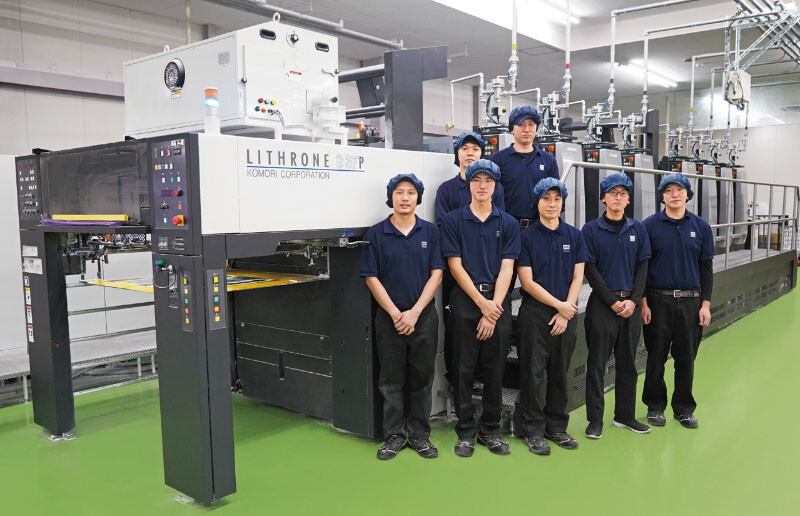
Lithrone G37P and the mainly young members in charge of production. President & Representative Director Sakai says, "We set individual targets, based on a test printing of 100 sheets at most and a maximum printing speed of 15,000 sph, then work hard to achieve them."
In response to changes in the printing industry environment, Shoei Printing President & Representative Director Sakai says, "The printing industry is shrinking every year due to digitalization and paperless issues. Amid this, we have a mail-order printing division that we must strengthen."
The company already owns an 8-color, 40-inch perfector which can handle a variety of printing needs, such as double-sided one-pass printing and multicolor single-sided printing. For their most recent investment, the company introduced an 8-color Lithrone G37P 37-inch perfector to strengthen its mail-order printing business. Sakai says, "We chose this machine because we needed equipment that could provide high printing quality even though we specialize in mail-order printing."
One of the key points in selecting the machine was its profitability in small-lot mail-order printing work. Sakai says, "The Lithrone G37P offers high production efficiency for small-lot jobs due to the fast job changeover realized by simultaneous automatic platechanging and cleaning. In addition, the 37-inch size, which is just right for A1-size jobs such as catalogs and booklets, has a smaller plate size than the 40-inch size press, resulting in a 20 percent cost reduction. The cost savings are very significant because we use 4,000 to 5,000 plates per month."
Besides the printing presses, the company is also working to automate and improve the efficiency of its postpress equipment and has already introduced the Apressia CTX132 programmable hydraulic clamp cutting system. Sakai says, "Both the Lithrone G37P and the Apressia CTX132 are limited to A1-size work, and by patterning the process, automation has improved, resulting in maximum production efficiency." Deputy Factory Manager Narita says, "The Lithrone G37P presets air settings for each paper type, while the Apressia CTX132 calls up the cutting order and position information for each imposition pattern and presets these automatically. This automation prevents human error and dramatically increases productivity."
Sakai, who emphasizes the importance of making the factory a place where young people are motivated to work, says, "We selected this machine in response to feedback from the shop floor that this printing machine, which specializes in automation and labor saving, would enable us to train a young employee to become a printing chief within one year."
Since its introduction, work is efficiently shared, with the Lithrone G37P, which is staffed by young operators, handling small-lot, mail-order printing jobs while the 40-inch perfector prints other work, steadily generating profits.
Aiming for production efficiency with 6 to 8 jobs per hour
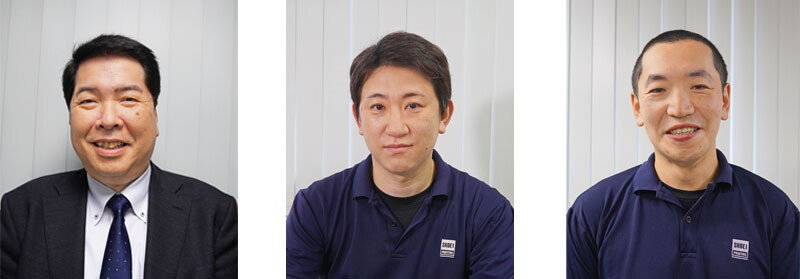
Masashi Watanabe, Managing Director (left)
"We are strengthening orders from the mail-order printing division, which does not involve sales. We will pursue our strengths in efficiency and profitability."
a
Yuki Narita, Deputy Factory Manager (center)
"We are using KP-Connect to focus on every minute of lost work and every sheet of lost paper. KP-Connect is also useful for individual training."
Yuji Kobayashi, Manager, Production Department No. 1 (right)
"We use camera-based color control for all jobs. Colors are stable from start to finish without any blurring."
The press features Parallel Makeready, which reduces changeover time by performing automatic blanket washing, plate changing, and pre-inking at the same time. Mr. Narita says, "Parallel Makeready is important for us because we are always concerned about cutting times — by even one minute. The time between the end of the previous job and the start of the next job has been reduced by about 60 percent compared to previous presses without parallel makeready style controls. As a result, the number of jobs per hour has increased, and production efficiency has greatly improved."
Kobayashi explains, "Pre-inking is set for each paper type, such as coated, matte, and wood-free paper. Furthermore, the control system is updated and optimized daily by the self-learning function, so colors close to the standards are produced on the first test printing. We are able to start production printing after one or two test printings of around 70 sheets."
In addition, the excellent delivery performance that enables high-speed printing with stable quality in oil-based double-sided printing supports productivity. Narita says, "Printing speed is also important to ensure the productivity we aim for. Komori's unique delivery for oil-based double-sided printing, which combines the transfer cylinder transport with belt transport at the same speed as the printing speed, eliminates paper fluttering and smearing even at high speeds of 15,000 sph."
These effects have actually resulted in the completion of 111 jobs in 24 hours of operation. Sakai says, "It depends on the lot size, but we are aiming for 6 to 8 jobs per hour."
Shop floor-led improvements and use of KP-Connect
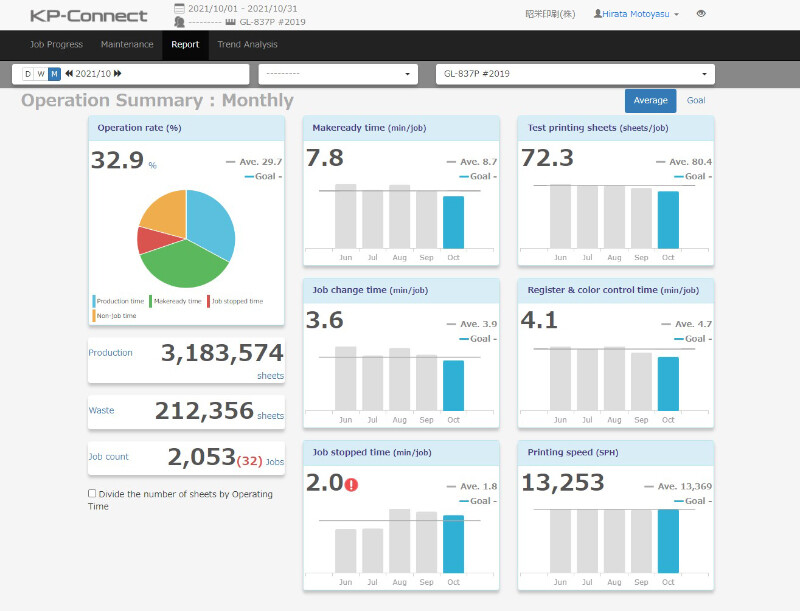
Example of KP-Connect's average monthly production performance. The monthly average job start-up time is 7.8 minutes, and the volume of trial print paper is 72.3 sheets, indicating extremely high production efficiency for small lots.
Kobayashi says, "KP-Connect not only provides operating information on the entire press, but also the work performance of each operator, so we can immediately see each issue in numbers. This is why we conduct improvement activities not on a monthly basis but on a daily basis. By sharing information on improvements with everyone and repeating the PDCA cycle, I feel that our operators are able to grow and feel a sense of fulfillment in their work."
The company's case may be a successful example of how shop floor-led improvements using KP-Connect are driving improvements in production efficiency and profitability.
Making the factory a rewarding workplace for young workers
President & Representative Director Sakai's vision for the future: "I want to build a factory where young people want to work and enjoy working, and where they are rewarded for their efforts. I want to use people to perform work that can only be done by humans, and automation and robots in areas that can be done by machine. If we build such a factory, I think young people will find it rewarding to work there. I imagine making this a printing company where young people would love to work."
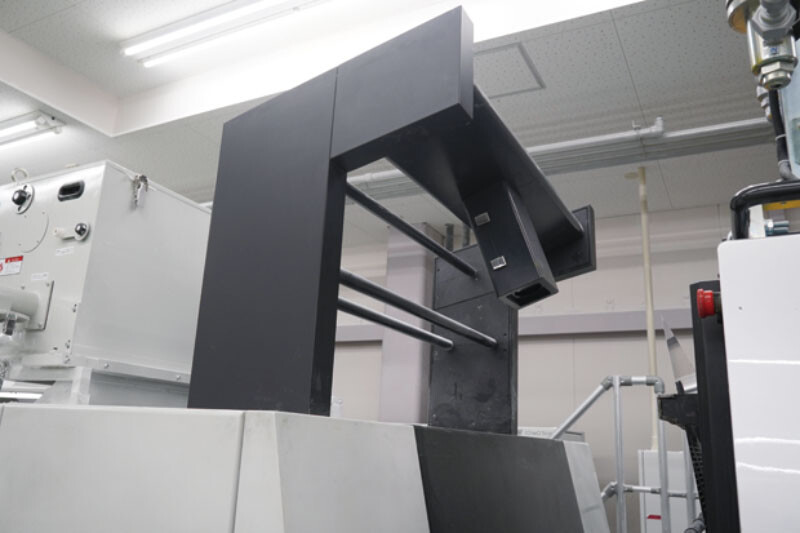
The ability to control color tone and inspect quality on both sides using a camera during production printing has reduced the operator workload in checking quality and is improving work efficiency.
